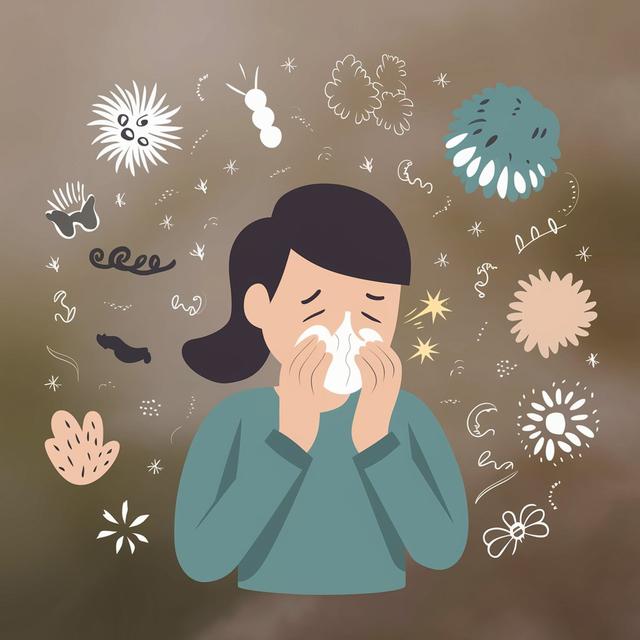What is virus?
BY WISH2DAYS
We're using many books,many meeting to many people to get their knowledge and experience.
A virus is a microscopic infectious agent that can only replicate inside the living cells of an organism. Viruses infect all types of life forms, from animals and plants to microorganisms, including bacteria and archaea.
Viruses are composed of genetic material, either DNA or RNA, surrounded by a protective coat of protein. They are unable to carry out any metabolic processes on their own and must hijack the cellular machinery of their hosts to reproduce and spread.






